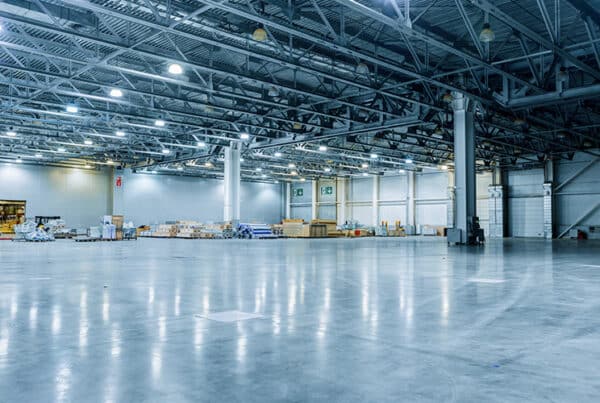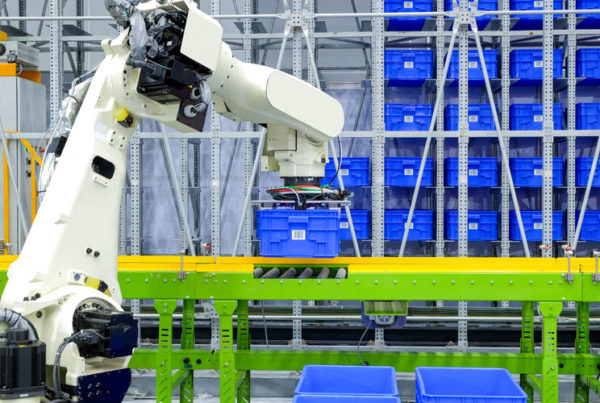For 25 years, the competition to win e-commerce consumers has driven innovation in distribution. E-tail giants like Amazon and Alibaba have dominated the market by having unmatched throughput, consistency, and timing. They achieved this first through vigorous use of available technology, and later through the creation of technologies that hadn’t existed but were needed.
Nevertheless, modern fulfillment is imperfect. Particularly in the areas of last mile delivery and responsiveness to changing market demands, many gains can still be made.
The final delivery of parcels is expensive and inefficient. Urban areas are choked with traffic that contributes to global warming and is detrimental both to a company’s bottom line and reputation as a responsible corporate citizen. Rural areas are equally problematic.
At the same time, consumer demand for home delivery in very short time frames is only increasing.
To meet these competing needs, a new distribution network is necessary. The current system of placing large distribution centers outside of urban hubs and pushing goods out to consumers is no longer sustainable.
For smaller players in the e-tailing industry, this is good news. Many of the technologies being developed to help the Amazons and Alibabas of the world can be used by smaller companies to tremendous effect.
In order to improve the efficiencies of last mile delivery, large e-tailers will supplement their distribution centers with micro-warehouses.
Data analytics will be key in defining narrow markets, integrating micro-warehouses close to end users, and stocking those warehouses with the right high-demand goods to ensure profitability. Resources will be tightly focused where they are most impactful.
Smaller companies or niche players will be able to leverage these flexible tools, as well. Some will find markets where they can locate their own micro-warehouses. Others will enter into co-opetitions – cooperative ventures that will share the cost of a micro-warehouse with other businesses that also value that location.
The last 25 years have brought dramatic changes to both retail and distribution. The next decade promises to be just as exciting. To learn more about the changes we expect to see, and what you can do to be part of the next wave of e-commerce, read the whitepaper.





